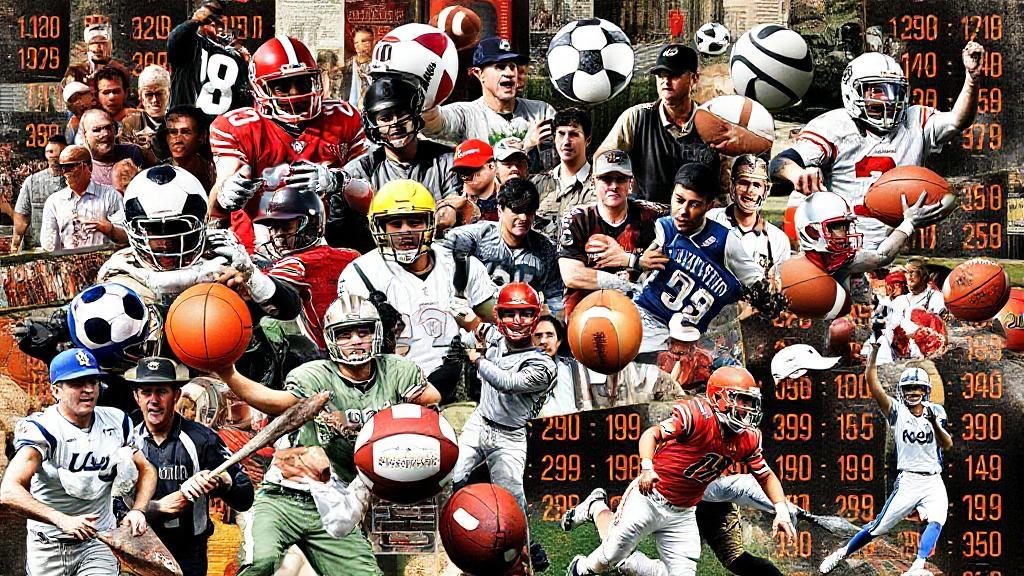What is the Spread?
The spread, also known as the point spread or line, is a handicap that bookmakers use to level the playing field between two teams of differing abilities. It is designed to make betting on either team equally attractive by essentially giving the underdog team a head start before the game begins.
How the Spread Works
When you look at a betting line, you'll typically see something like this:
- Team A: -7.5 (-110)
- Team B: +7.5 (-110)
In this example:
- Team A must win by 8 or more points for a spread bet to win
- Team B can lose by 7 or fewer points (or win outright) for a spread bet to win
Understanding the Numbers
The primary number (7.5) represents the points added or subtracted from a team's final score to determine the betting outcome. Bookmakers often use half-points to avoid ties (or "pushes").
The number in parentheses (-110) represents the betting odds. At -110, you need to bet $110 to win $100. This extra $10 is the bookmaker's commission, known as the "vig" or "juice."
How is the Spread Determined?
The spread is determined by various factors, including:
- Team statistics, such as points scored and allowed
- Head-to-head matchups between the teams
- Injuries and suspensions
- Home-field advantage
- Weather conditions
Several factors can cause spread movements:
- Betting volume on one side
- Player injuries or weather conditions
- Team news and updates
- Sharp bettor activity
The Impact of Key Numbers
In football, certain spreads are more common due to scoring patterns:
- 3 points (field goal)
- 7 points (touchdown + extra point)
- 10 points (touchdown + field goal)
Different sports have different typical spreads:
- NFL: Common spreads range from 1-14 points
- NBA: Spreads often range from 1-20 points
- MLB: Usually has small spreads of 1-2 runs
Advanced Concepts and Strategies
Buying Points
Some sportsbooks allow you to "buy" points, adjusting the spread in your favor for a higher price. For example, moving a -7.5 spread to -6.5 might cost extra juice, perhaps moving from -110 to -130.
Middle Opportunities
Advanced bettors sometimes look for "middles" - betting both sides of a spread when the line moves, creating a chance to win both bets.
Common Mistakes to Avoid
- Betting only favorites
- Ignoring the juice
- Not shopping for the best lines
- Failing to consider key numbers
- Overlooking home-field advantage
Resources for Further Learning
For those interested in diving deeper into sports betting and the spread, here are some useful resources:
- Sports Betting 101: Understanding the Point Spread
- How to Bet on Sports: A Beginner's Guide
- Covers.com
- The Sports Geek
Remember that successful spread betting requires:
- Disciplined bankroll management
- Thorough research and analysis
- Understanding of market movements
- Patience and selective betting
